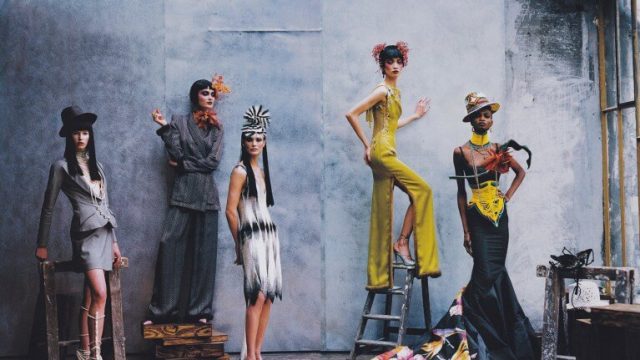France was a standout amongst the most fiery and imaginative countries in Western history. The regularly developing French attire custom has remained a motivation for fashionistas, says Abarrna Devi R.
Mold is a vital piece of the general public and culture in France and goes about as one of the center brand pictures for the nation. High fashion and pret-a-doorman have French birthplaces. France has created numerous famous originators and French structures have been ruling the mold world since the fifteenth century. The French form industry has developed its notoriety in style and advancement and remained a vital social fare for more than four centuries. Originators like Gabrielle Bonheur ‘Coco’ Chanel, Christian Dior, Yves Saint Laurent, Thierry Herms and Louis Vuitton have established probably the most renowned and mainstream mold brands.
In the sixteenth century, mold garments in France managed differentiate textures, conflicts, trims and different frill. Outline, which alludes to the line of a dress or the piece of clothing’s general shape, was wide and conelike for ladies and square for men during the 1530s. Around the center of that decade, a tall and tight line with a V-molded midsection showed up. Concentrating on the shoulder point, sleeves and skirts for ladies were extended. Unsettles got related with accessory of a shirt and was molded with clear overlap. An unsettle, lace, or furbelow is a segment of texture, ribbon or strip firmly accumulated or creased on one edge and connected to an article of clothing, bedding, or other material as a type of cutting.
External dress for ladies was described by a free or fitted outfit over an underskirt. During the 1560s, trumpet sleeves were rejected and the outline ended up tight and enlarged with focus in shoulder and hip.
Somewhere in the range of 1660 and 1700, the more established outline was supplanted by a long, lean line with a low abdomen for the two people. A low-body, firmly bound dress was plaited behind, with the underskirt circled upon a pannier (some portion of a skirt circled up round the hips) secured with a shirt. The dress was joined by dark calfskin shoes. Winter dress for ladies was cut with hide. Overskirt was moved back in later 50% of the decades, and stuck up with the vigorously embellished underskirt. Be that as it may, around 1650, full, free sleeves turned out to be longer and more tightly. The dress firmly embraced the body with a low and wide neck area and balanced shoulder.
Men’s garments did not change much in the main portion of the seventeenth century. In 1725, the skirts of the coat went about as a pannier. This was realized by making five or six folds expanded by paper or horsehair and by the dark lace worn around the neck to give the impact of the decoration. A cap conveyed under the arm and a wig added to the appeal. At court functions, ladies wore a huge coat weaved with gold that was open in the front and fastened with a belt or a midriff band. The light coat was figure-embracing with more tightly sleeves. It was anticipated in the back with a twofold line of silk or metal catches in different shapes and sizes.
French design fluctuated somewhere in the range of 1750 and 1775. Expound court dresses with charming hues and embellishment characterized style. During the 1750s, the span of band skirts got littler and was worn with formal dresses with side-circles. Utilization of petticoats and breeches proceeded. A low-neck outfit was worn over a slip amid this period. Sleeves were cut with ornaments or unsettles with fine material joined to the frock sleeves. The neck area was fitted with cut texture or ribbon unsettle and a neckerchief (scarf).







